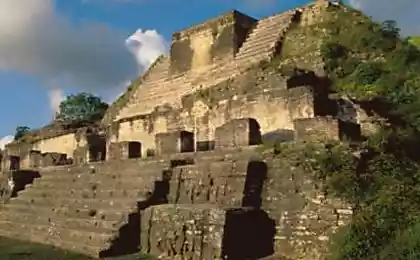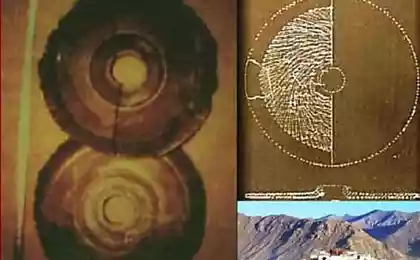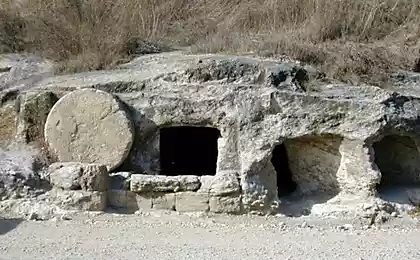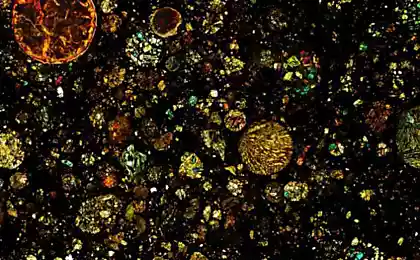666
Harappan civilization was ancient Dravidians in the world

The most ancient civilizations in the world many people think of Egypt and Mesopotamia. But thanks to the study of archaeological artifacts are now able to confirm that India (Harappan) Civilization actually formed about 8 millennium BC, that is, two and a half millennia earlier than previously thought.
Thus, the Harappan civilization in its development ahead of Egypt and Mesopotamia. They built the town with an advanced complex infrastructure (here came the first in the world of public toilets and sewerage system of the city) and create great works of art. New archaeological findings also point to reasons why a thriving civilization of the Dravidians ceased to exist.
A group of researchers from the company Archaeological Survey of India (ASI), the Institute of Archaeology, Archaeological college Deccan in Pune (Deccan College Pune) and the Indian Institute of Technology in Kharagpur conducted radiocarbon analysis of pottery fragments and animal bones in different archaeological layers at the mound Birrana in northern India. The analysis showed that the settlement can be considered the oldest in the Indian subcontinent.
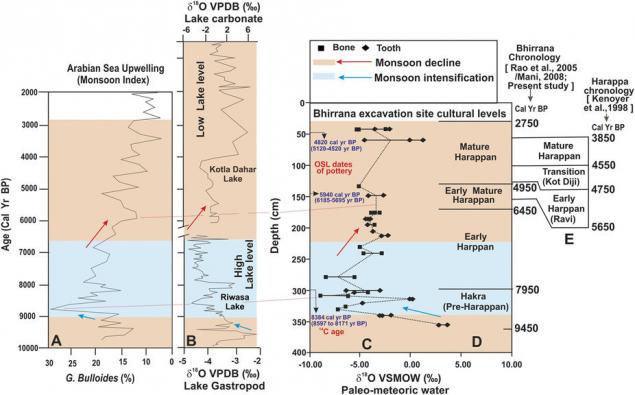
In the study, scientists used a method artifacts also optically stimulated luminescence dating (OSL-dating) to determine the points in time when the mineral is the last time was in the light. With the help of archaeologists have tried to identify the presence of abrupt climate change during the heyday of the Harappan civilization.

heyday of the Harappan civilization came in the 2600-1900 BC Along with ancient Egypt and Mesopotamia, it is considered one of the three earliest civilizations of the ancient world and the largest in size among them. The boundaries of the empire stretched from the Arabian Sea to the Ganges, in the territories of present-day India, Pakistan, Afghanistan, um. At its peak of civilization, there were about 5 million people, accounting for about 10% of the world population. Among the unique heritage of the Harappan civilization - the first on the ground toilets, sophisticated stone weights, necklaces of precious stones drilled through and exquisitely carved stone seals. These artifacts are also found inscriptions on the unusual and complex text, which the researchers have not yet rasshifrovali.Fragmenty ceramics and metal products, have been found in the surroundings of Birrany, indicate a high level of skill of artisans and metallurgists who already know how to work with copper, bronze, lead and tin , annealing pots and control the supply and disposal of water.

scheme Birrany residential areas (A) and the estimated dating of the various cultural layers (Bed and)
In Birrane homes of ordinary citizens receive water from shallow wells and waste water coming down the street. In more affluent homes are en suite and second floor.
Previously it was thought that the reason for the sunset Harappan civilization was the drought and the drying of the Indus River. There were other theories. For example, the invasion of the Aryans, the ancestors of today's Iranians and Indians.
Scientists believe that climate change is only indirectly affected the decline of Harappan Empire. People continued to farm even after the drought, but switched to wheat and barley to drought-resistant crops such as millet and rice. However, due to the lower yields of these crops had to be planted large areas and has begun the process of de-urbanization.
Sunset Indian civilization falls on XVIII-XVII century BC At this time, the bulk of the Dravidian population shifted to the southeast of Hindustan and loses its former level of development.

Anthropologically Dravidians are very different from the rest of India. Photo: South Indian actress Anushka Shetty, Tulu origin, a descendant of the Dravidians
The scientific work of Indian scientists published in the journal Scientific Reports (doi: 10.1038 / srep26555).
Source: geektimes.ru/post/276840/







